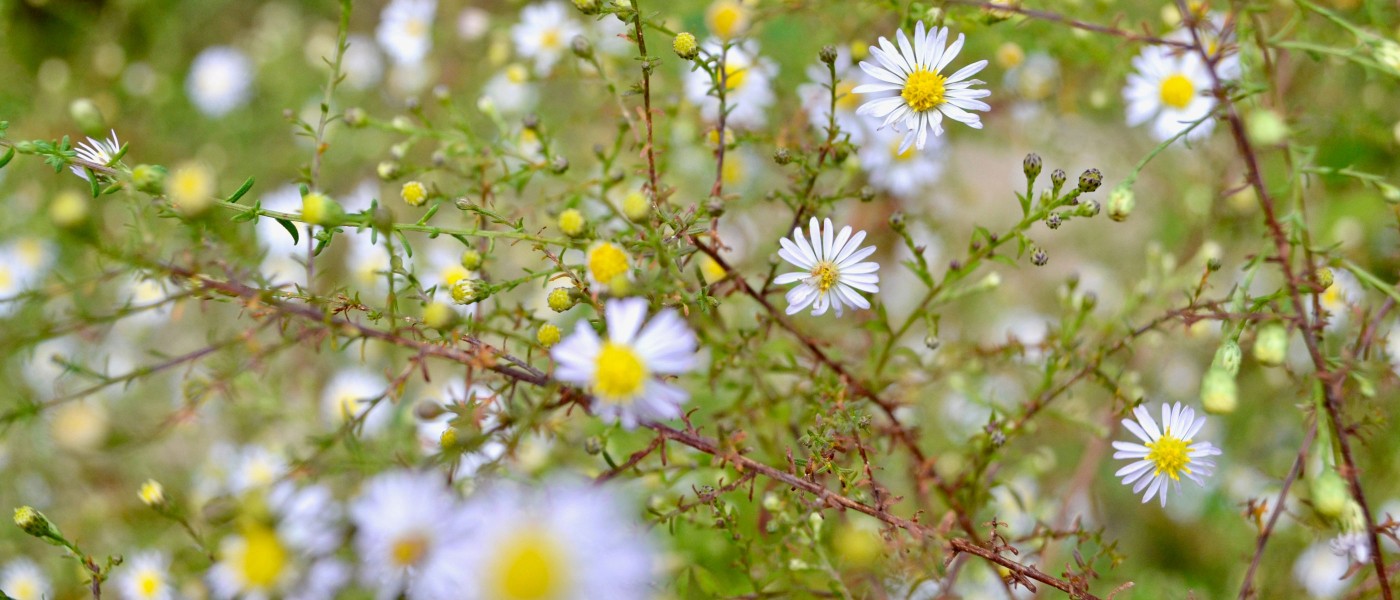Topics
Special Series
-
The Makings of a Good Cider
For at least 2,000 years, humans have been making apple cider wherever they could grow the fruit.
By Ian A. Merwin -
Antique Apples: A Guide for Eaters and Growers
Most antique or heirloom apples are distant cousins to the commercial varieties available on supermarket shelves today. While modern varieties such as 'Red Delicious' have been selected for their consistent appearance, cosmetic appeal, and tolerance of long shipping and repeated handling, antique varieties were often selected for their cider-making quality ('Golden Russet'), their retention of flavor and firmness without refrigeration ('Winesap' and 'Baldwin'), or their intense and unusual flavor—without regard to external appearance.
By Ian A. Merwin -
Rose Water—An Age-Old Flavoring for Dinner and Dessert
Rose water has left an indelible mark on human history. This clear, sweet-tasting, aromatic liquid has been used in perfumery, cosmetics, and medicine for many centuries. In Middle Eastern and West Asian countries, it has long been used as a flavoring in cooking.
By Elizabeth Manus -
Mexican Oregano—A Tasty Twist on an Age-Old Flavor
After a lifetime of growing edible plants, I've come to the conclusion that "oregano" should be a botanical category of aroma and taste rather than the common name for any one herb.
By Scott D. Appell -
Heavenly Hibiscus: Long-Lived, Easy-Care Beauties
Hibiscus are getting more popular. Vigorous. Tough. Easy to grow. Long-lived. Their spectacular flowers bloom in a rainbow of colors throughout the growing season.
By Barbara Perry Lawton -
An Herb Garden for Tea Time
In our frenetically paced modern lives, making time for growing herbs and savoring herbal infusions may seem like an anachronism, a quaint throwback to a more unhurried age. But we need such time-tested tonics, places to slow down and enjoy nature's bounty, seemingly more than ever.
By Tina Marie Wilcox and Susan Belsinger -
A Short History of Herb Garden Design
Whatever their design or intent, herb gardens are defined not by their organization but by the plants grown in them. If an herb is a plant with a use as a seasoning, fragrance, dye, fiber, or medicine, then an herb garden is a garden of useful plants. But don't be surprised to find species that have never had any practical application alongside the useful plants in today's ornamental herb gardens—some plants are simply too appealing to be excluded on purely technical grounds.
By Deirdre Larkin -
A Potted Water Garden—Beautiful Aquatic Plants in Containers
Want to grow water-lilies and other beautiful aquatic plants at home but don't have space for a permanent water feature? Cultivate them in pots instead.
By Joan McDonald -
Orchids and How They Grow
The orchids are generally considered to be the most diverse plant family, with estimates of their numbers ranging from 20,000 to 30,000 species in over 800 genera. This represents about 10 percent of all flowering plant species. Recent DNA research suggests that the orchids, at more than 90,000,000 years old, are among the most ancient flowering plant families. They are still evolving rapidly into new species.
By David Horak -
Orchids and Their Pollinators
Some flowering plants are promiscuous, relying on enticement and reward to lure whatever insect comes along. But orchids typically have exclusive relationships with their pollinators. These are usually bees, wasps, and flies, but many orchids also utilize moths, butterflies, fungus gnats, or birds to cross-pollinate their flowers.
By David Horak



